#1797-99
Explore tagged Tumblr posts
Text

0 notes
Text
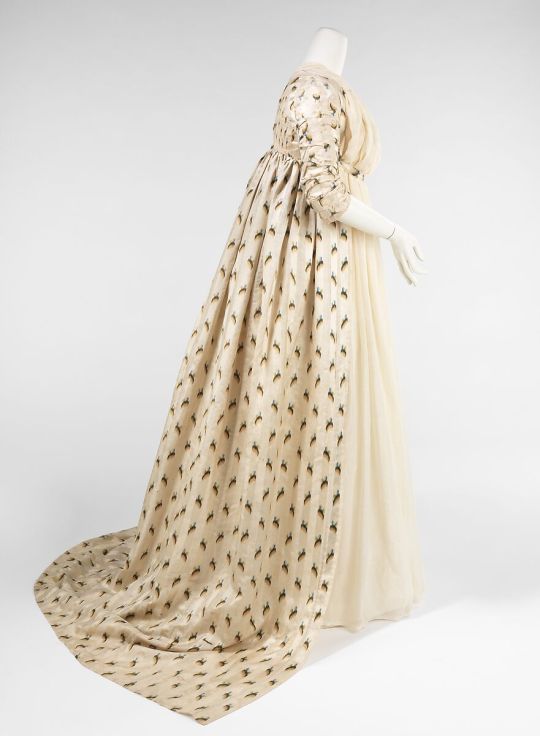

Evening Overdress, British, 1797-99
From the Met Museum
#evening dress#dress#fashion#fashion history#met museum#british#1797#1798#1799#1790s#1700s#18th century#overdress
261 notes
·
View notes
Text
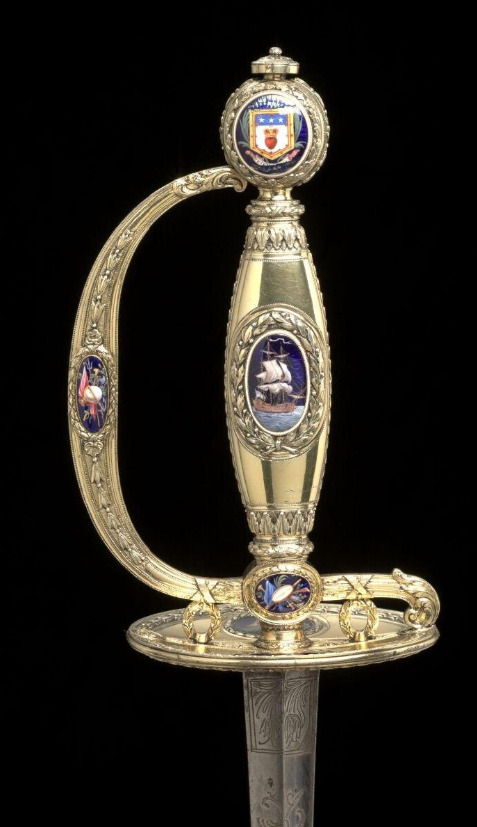
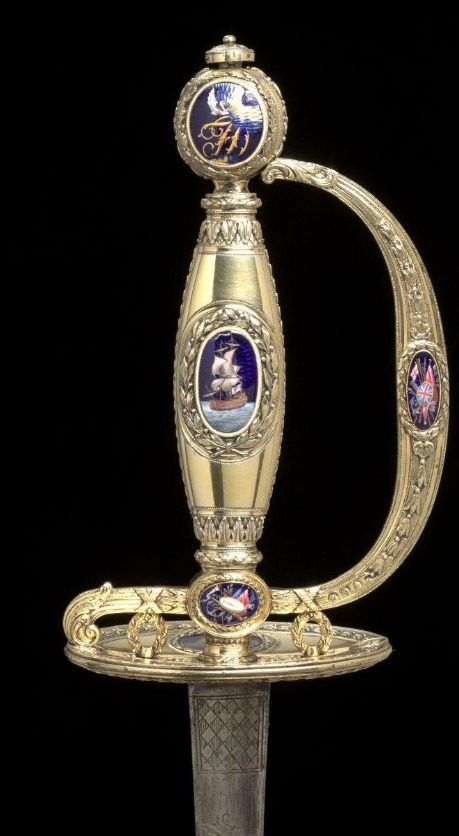

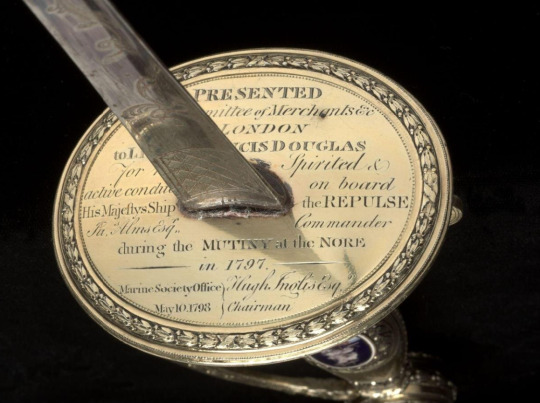
Sword 1798-99
Small swords were items of male jewellery. By the 1750s, their elaborate gold and silver hilts, mounted with precious stones and fine enamelling, were the products of the goldsmith and jeweller rather than the swordsmith. They made fitting rewards for distinguished military and naval service. With their blades tucked away inside scabbards, it was their ostentatious and expensive hilts that carried their thrust.
This sword is inscribed: ‘PRESENTED by the Committee of Merchants &c OF LONDON to LIEUT.T FRANCIS DOUGLAS for his Spirited and active conduct on board His Majesty’s Ship the REPULSE. Ja.s Alms Esq.r Commander during the MUTINY at the NORE in 1797. Marine Society Office, May 1o 1798 } Hugh Inglis Esq.r Chairman’
Francis Douglas was rewarded for his role in suppressing a violent mutiny among sailors at the Nore, a Royal Navy anchorage in the Thames Estuary in 1797. According to an account by an eyewitness, published in The Sheerness Guardian 70 years later, the ship, Repulse, made a 'miraculous' escape from the mutineers reaching shore despite receiving 'as was calculated two hundred shot'.
#naval artifacts#naval weapons#small sword#lieutenant francis douglas#mutiny at the nore#1797#age of sail
235 notes
·
View notes
Text
Neoclassicism Fashion Era, 1790–1800
A simple, high-waisted silhouette of plain white muslin defined the neoclassical look for women. This high waist is often referred to as the empire waist. Sometimes a ribbon around the waist was worn. Headbands were popular, as well as cloth bonnets, decorated straw hats and headwraps.
The graphic below actually explains it best, including what was worn underneath.


Marie-Victoire Lemoine (French, 1754–1820) • A young woman leaning on the edge of a window • 1798-99


Left: Portrait of Madame Récamier, by Jacques-Louis David, 1800
Right: Louis-Léopold Boilly (French, 1761–1845) • Point de Convention (Absolutely no agreement) • 1797


1796 and 1800 fashion plates • colored etchings
#fashion history#art#painting#art history#historical fashion#neoclassical fashion#jacques louis david#french artist#louis leopold boilly#marie victoir lemoin#late 18th century fashion#early 19th century fashion#19th century western fashion#neoclassical fashion plates#colored etchings#the resplendent outfit art & fashion blog
19 notes
·
View notes
Text

Francisco de Goya y Lucientes
Don Pedro de Álcantara Téllez Girón, duque de Osuna (1797-99)
The Frick Collection, Nueva York
3 notes
·
View notes
Text
Streghe (witches)

Virgil Finlay (1914-1971, USA)

Trois femmes et trois lupus | Eugene Grasset (1845-1917, France)
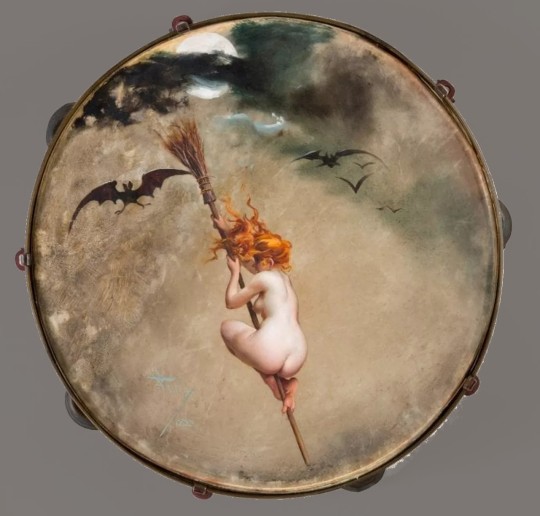
La sorcière, 1882 | Luis Ricardo Falero (1851-1896, España)

Metamorphosis - black cats transforming themselves into witches, late 19th century | Théophile Alexandre Steinlen (1859-1923, Switzerland)
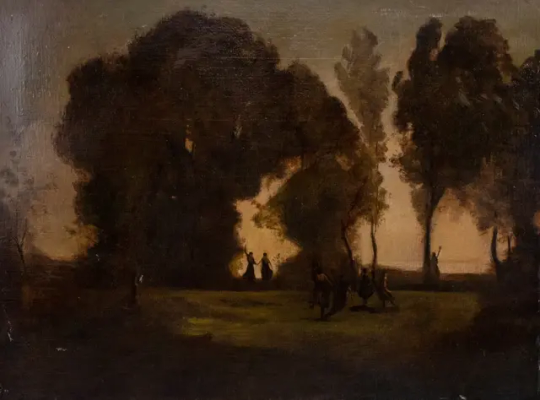
The night of wicked fairies | Michel Simonidy (1870-1933, Romania)

Demon | Franciszek Żmurko (1859-1910, Poland)

Walpurgis Sabbath- cover from 'Jugend' magazine, 1909 | Adolf Münzer (1870-1953, Poland)
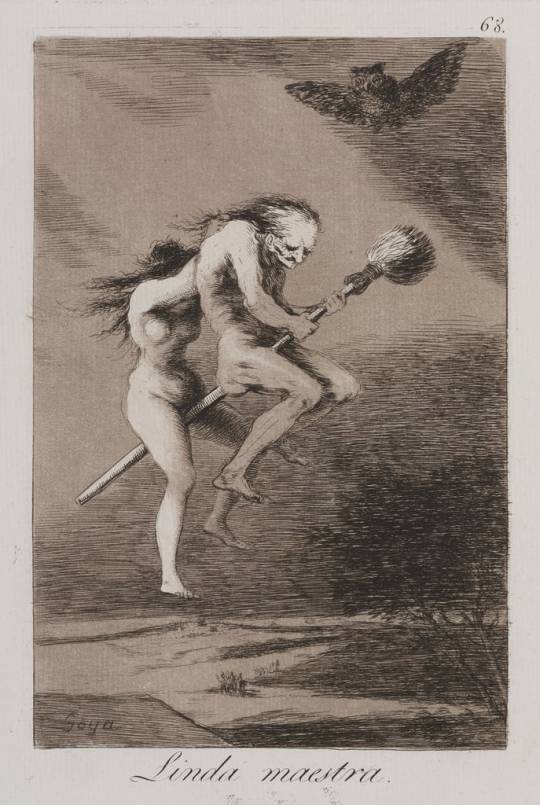
Linda maestra (pretty teacher), from the ‘Caprichos’ series, 1797-99 | Goya (1746-1828, España)
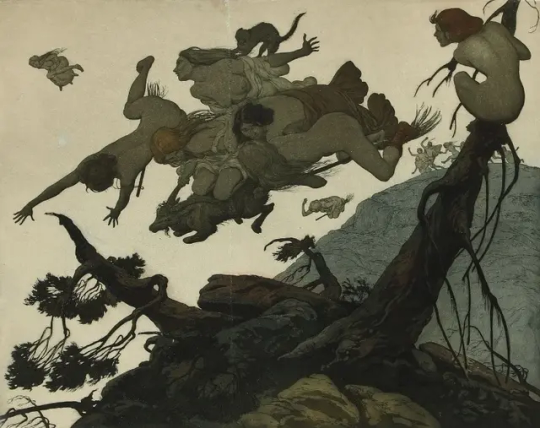
Valpurgis morgen, 1908 | Louis Moe (1857-1945, Norway)

Sorcières, 1888 | Joseph Apoux (1846-1910, France)

Streghe moderne (Sorcières modernes) | Jean Veber (1864-1928, France)
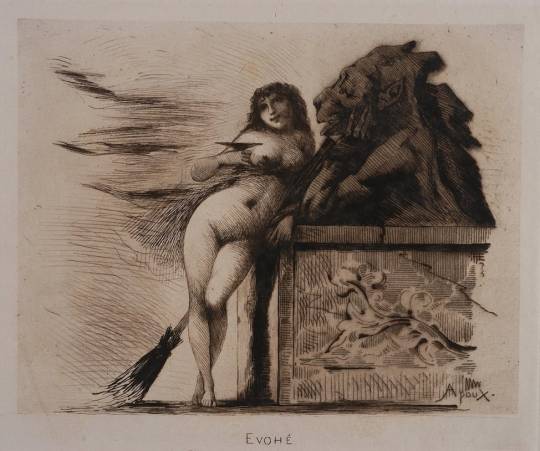
Evohé, 1888 ca. | Joseph Apoux (1846-1910, France)

Intimite, 1888 ca. | Joseph Apoux (1846-1910, France)
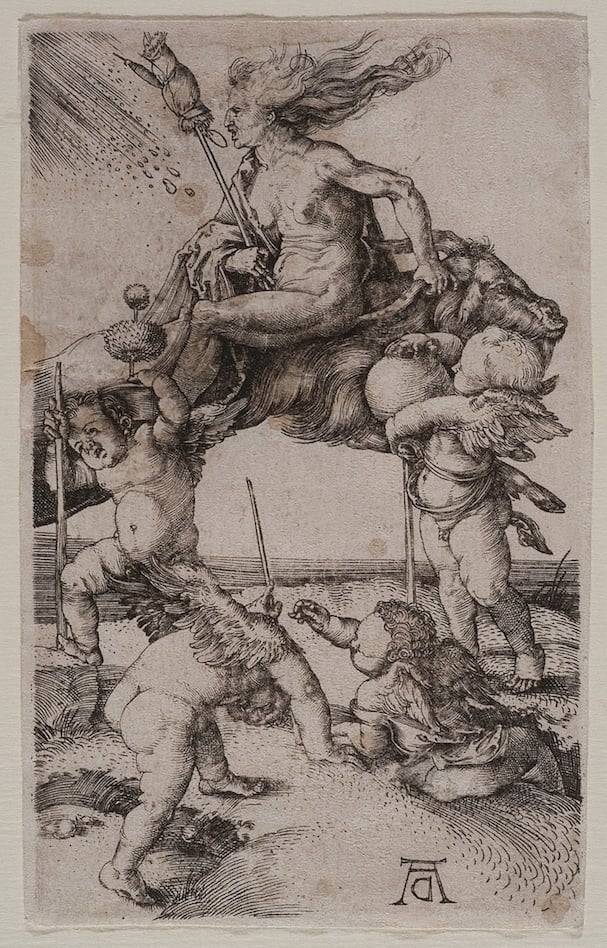
La strega sul caprone (La sorcière renversée sur la chèvre), 1500-05 | Albrecht Durer (1471-1528, Germany)
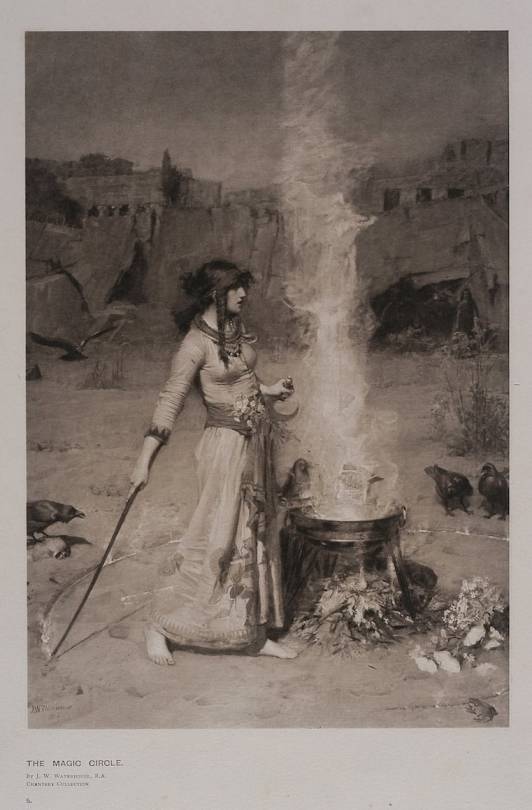
The magic circle | John William Waterhouse (1849-1917, England)
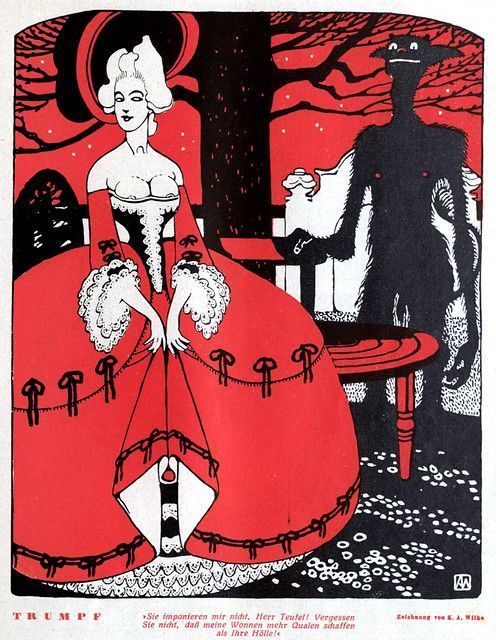
Trumpf (carta vincente) - from 'Die muskete' magazine, 1926 (december) | Karl Alexander Wilke (1879-1954, Germany-Austria)
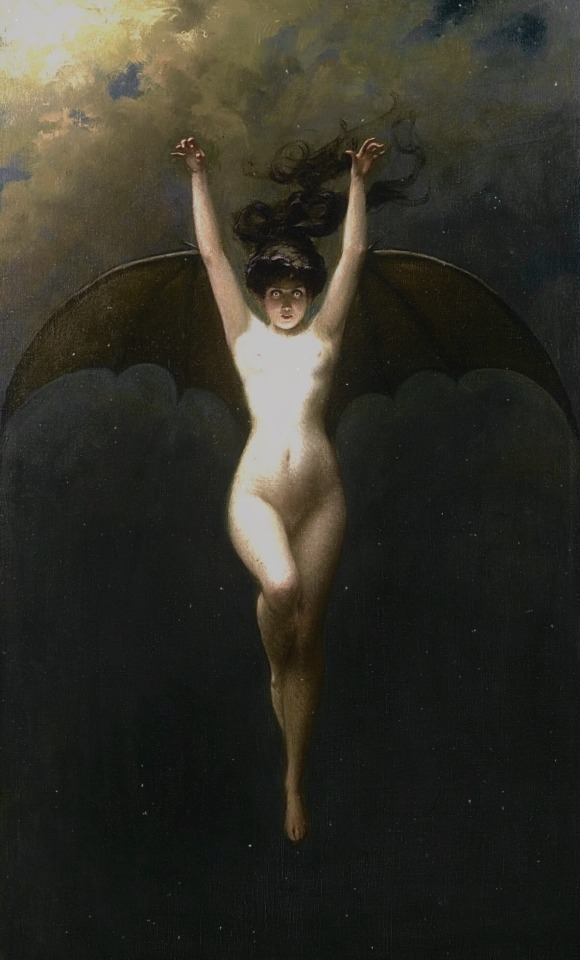
La Femme Chauve-Souris (The Bat-Woman), 1890 | Albert Joseph Pénot (1862-1930, France)

Départ pour le Sabbat, 1910 | Albert Joseph Pénot (1862-1930, France)
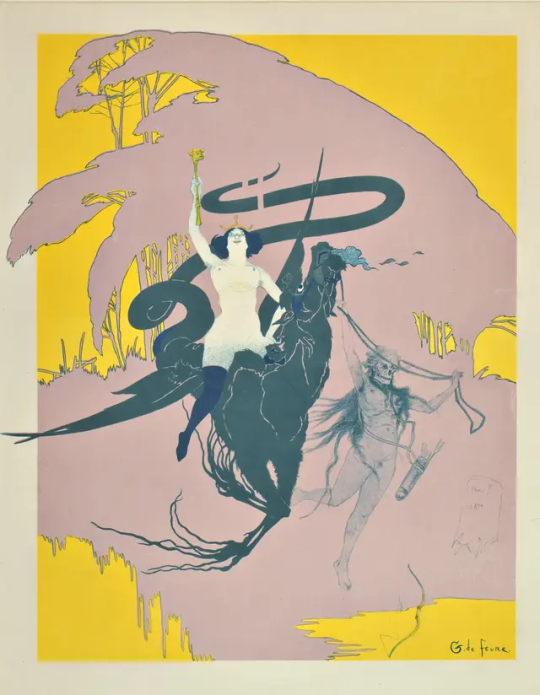
L'amour libre | Georges De Feure (1868-1943, France)

Aradia dea delle streghe, 1900-10

Rito di Benedizione al parto (birth blessing rite), Roma, 2021 | ph., Valeria Gradizzi (1979, Italia)

Magia nera, XVIII-XIX secolo (18th-19th century) | Giuseppe Bernardino Bison (1762-1844, Italia)
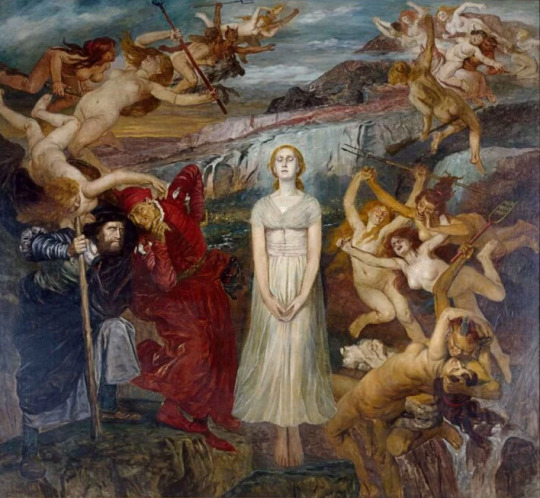
Walpurgis Night Scene (from Goethe Faust), 1910 | Fritz Roeber (1851-1924, Germany)
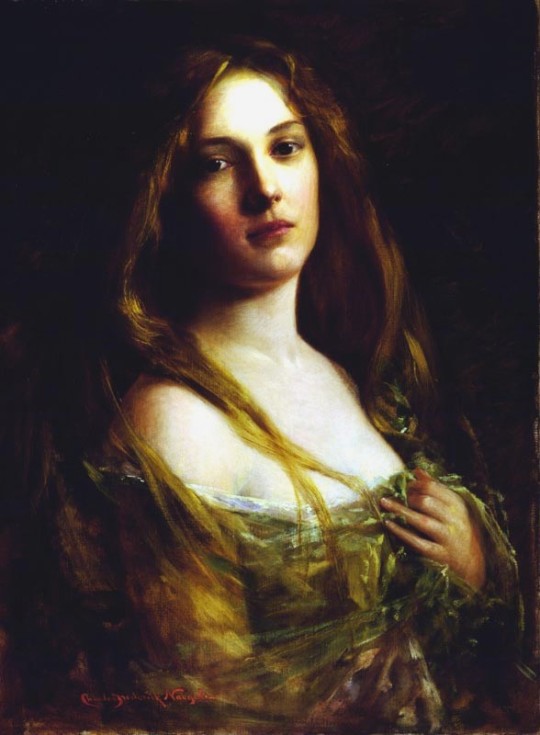
Gentile Budrioli (she died at the stake in Bologna accused of witchcraft) | Charles Frederick Naegele (1857-1944, USA)

Anniosette | ph. Mogens Berger (1933-1993, Denmark)

The Walpurgisnacht Portfolio (one of six etchings after Gustav Meyrinks), 1922 | Stefan Eggeler (1894-1969, Austria)

The Walpurgisnacht Portfolio (three of six etchings after Gustav Meyrinks), 1922 | Stefan Eggeler (1894-1969, Austria)

The Walpurgisnacht Portfolio (four of six etchings after Gustav Meyrinks), 1922 | Stefan Eggeler (1894-1969, Austria)
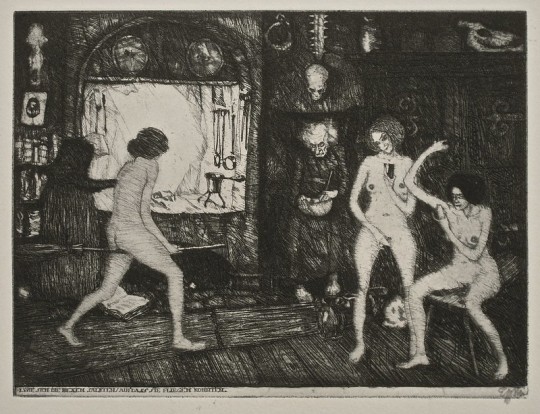
The Walpurgisnacht Portfolio (five of six etchings after Gustav Meyrinks), 1922 | Stefan Eggeler (1894-1969, Austria)
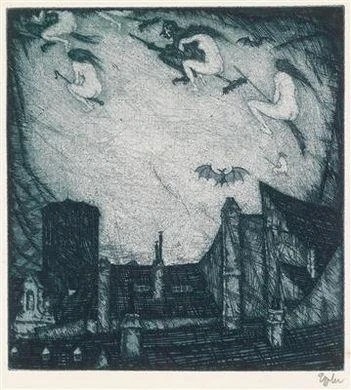
Untitled (witches) | Stefan Eggeler (1894-1969, Austria)
22 notes
·
View notes
Text

CAPRICHOS – "QUIÉN MÁS RENDIDO" FRANCISCO DE GOYA // XXVI, 1797-99 [etching and aquatint | 21.5 x 15.1 cm.]
#francisco de goya#romanticism#rococo#illustration#surreal#drawing#modern art#caprichos#monochrome#18th century#spanish#art#u
39 notes
·
View notes
Text

Spirit Summoner; Wild Geese Returning Home (Maboroshi; Rakugan) (right) and A Thin Veil of Clouds; Clearing Weather (Usugumo; Seiran) (left), from the series Eight Views of The Tale of Genji in the Floating World (Ukiyo Genji hakkei)
Chōbunsai Eishi Japanese 1797–99
2 notes
·
View notes
Note
as someone who rotates martin inside their head all day, i for one would Love to hear your thoughts on his traumatic backstory
Ah, a fellow Martin rotator 😌
I'm 99% sure I've posted about this before but I'm too lazy to find it so I'll summarise my thoughts as briefly as I can. Also, a lot of these ideas surface in my fic, through the dark, but most just exist in my brain (though I do plan to write a few oneshots on this).
So, here's my version of Martin's backstory:
Martin was born in a small fishing village near Arran in 1797 as the youngest of three children. His father was a fisherman and spent most of his time out on the sea. He had a difficult birth that left his mother sickly and unable to do much else to earn money other than mending nets and making crab traps etc.
During the Insurrection, his father served in the Morleyan navy but was injured and returned home before the war was lost. His father was once a quiet but stern man, and the war turned him short-tempered and prone to fits of rage. He's left unable to walk unaided and struggles to find work to support his family in a country that doesn't want him.
In those terrible years following the war, famine strikes Morley and Martin's mother doesn't survive it. Martin and his two older siblings, Aoife and Niall, take up small jobs to keep them afloat, neglecting their education.
Martin's father is a wrecked and foul man after the loss of his wife and he spirals into drinking himself into oblivion, throwing blame at the easiest target: young Martin. He berates his youngest son for weakening his wife, for draining what little coin they have to afford medicine for Martin's fickle health and frequent seizures. His father believes him to be a curse on their family.
Morley, post-insurrection, simmers with brewing tension as the Empire stakes their claim. Taxes rise, new restrictions limit the movement and gathering of the working class, and naturally, pockets of resistance begin forming. Martin's father becomes the centre of one such resistance. Angry men who's livelihoods have been ruined by the war gather and plan to strike back at the Imperial soldiers occupying their towns and cities.
Martin is only thirteen when the Imperial soldiers raid their small home, bursting through the door with men shouting and guns pointed. Aoife puts herself between him and a soldier, and as he wriggles through a window and runs, he hears the gunshot.
He doesn't turn back.
Alone, Martin travels to the nearby city of Alba where he sleeps huddled up in alleys and doorways, scrounging and stealing for food. He hears of the Imperial Army recruiting boys from the street, providing the starving and desperate with food and shelter in return for their loyalty, and at age fourteen, he enlists.
He learns a lot from his time in the military. He learns how to fire a gun, how to plan attacks, how to lure out the nationalists hiding in small towns and camps spread out over the southern Morley coast. He's part of a force meant to pick out the rebels and secure the Empire's rule over Morley, betraying his father's beliefs, and turning against his own countrymen. He doesn't believe in what he does, but he finds he doesn't care as long as he is fed and housed and trained.
Martin is a survivor. He's loyal to no one.
At twenty-one, he's offered a large sum of coin to turncoat and kill a commanding officer of the Imperial army by stopping his carriage on a quiet road. He does it, for no other reason than the opportunities that amount of money will afford him. There's no progression for someone of such low social standing as him.
Unfortunately, the carriage carried more than just the officer. He had been travelling with his young family. Martin can't bring himself to hurt his young son and leaves him alive, instead fleeing.
With a price on his head, Martin keeps moving, never staying in one place for long. He makes his money robbing those travelling on the roads, being careful to only take from those who can afford it.
He crosses paths with Daud at this stage of his life and the two engage in a mutually beneficial relationship, taking jobs and splitting the prize. When Daud moves on, Martin meets a gang of smugglers led by a woman named Resa, and knowing how valuable a good partnership can be, he joins them.
He travels with the gang for years, slipping into an on and off relationship with Resa. Their focus begins to drift from smuggling contraband and illegal goods to heretical items and slowly, Resa becomes obsessed. She becomes fixated on acquiring an artefact she believes can bind the Outsider, but requires a sacrifice to do so. She turns on Martin, wounding him, but he gets away and flees.
Feeling that the only safe place he can go to protect himself against Resa's wrath, Martin turns to the Abbey. He slips into their ranks with the intention of it being temporary, but eventually warms to it. He finds sense in the strictures, comfort in the regulated structure of life as an Overseer, and most importantly, recognises a route to power.
Sorry this was so long! I swear I tried to make this brief 😅 I breezed over all the detail, so there's a lot more nuance to these situations than I can go into here, but that's essentially it!
#dishonored#teague martin#mae's#i swear it all makes thematic sense in my head lmao#i could gnaw on the trauma of Resa's betrayal its so fun and tasty#god i love martin
26 notes
·
View notes
Photo


One of seven bronze medallions created in 1900 by Arnold Hartig (1878 - 1972) who was a Czech sculptor and medalist who worked six decades in Vienna. This medal featured Johannes Brahms (1833-97). All of them feature composers, starting with J.S. Bach (1685-1750), Haydn (1732-1809), Johannes Mozart (1756-91), Ludwig van Beethoven (1770-1827), Franz Schubert (1797-1828), and last but not least Johan Strauss II (1825-99). To see them all, in spite of their lack of beards, left click here.
5 notes
·
View notes
Text

Francisco Goya
Truth, Time, and History, about 1797-99 or 1804
1 note
·
View note
Text

“Le Sommeil de la Raison Engendre des Monstres" de la série "Les Caprices" eau-forte et aquatinte de Francisco de Goya (circa 1797-99) à l'exposition “Louis Janmot, Le Poème de l'Âme” au Musée d'Orsay, novembre 2023.
0 notes
Photo

Déclaration de Pillnitz
La Déclaration de Pillnitz est une déclaration commune publiée le 27 août 1791 par Léopold II, empereur du Saint Empire romain (r. de 1790 à 1792) et le roi Frédéric-Guillaume II de Prusse (r. de 1786 à 1797). Cette déclaration appelle toutes les puissances européennes à s'unir contre la Révolution française (1789-99) et à rétablir dans ses pleins pouvoirs le roi de France Louis XVI (r. de 1774 à 1792), réduit à l'état de monarque constitutionnel.
Lire la suite...
1 note
·
View note
Text
Black Dick and the Spithead Mutiny
Admiral of the Fleet Richard Howe, 1st Earl Howe (1726-1799) was an extraordinary personality and spent more than 60 years in the service of the Royal Navy. On 16 April 1797 the mutiny began at Spithead, the main naval anchorage near Portsmouth.
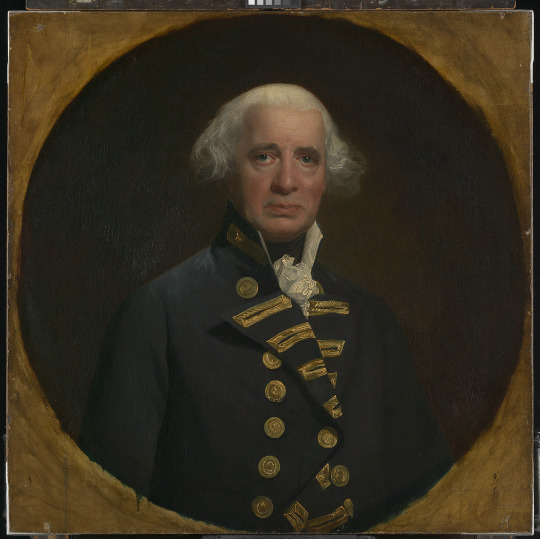
Admiral Richard Howe, 1726-99, 1st Earl Howe, by Henry Singleton (1766–1839) (x)
16 ships of the Channel Fleet raised the red flag of insurrection. The demand of the men: a rais in pay, a more equitable distribution of prize money and better victuals. When negotiations broke down between the two sides, King George III personally requested Howe.
And why him? well, he was one of the few officers who treated men well and was always fair, so he was a stalwart of the men's hearts and was even affectionately known as Black Dick. There have been a number of explanations offered for this, his swarthy complexion also known as " Sea Tan" being one and the fact that he never smiled unless a battle was about to begin may be the other one. But back to the Mutiny. Although over 70 and suffering from gout and other ailments, he agreed - but only if his dear wife Lady Howe accompanied him.

Print of a caricature published 9 June, 1797, depicting the Delegates of the mutiny meeting with Admiral Buckner. Richard Parker is the figure on the far-right. (x)
They set out on 10 May on a wild and stormy night and arrived at Portsmouth the following morning. Howe left his wife at the governor's house and immediately set out by barge for Spithead. He came alongsinde HMS Royal George, the headquarters of the insurrection, and despite his infirmities he rejected all offers to help him come aboard and clambered up unaided. He called the ship's company to the quarterdeck and started to talk to them man to man, neither reproaching their conduct nor standing on his dignity. Several hours later he went to HMS Queen Charlotte. For three days he went from ship to ship - talking, listening, heaving his rheumaticky knees and gouty feet up and down ladders until he was so tired he had to be lifted in and out of his boat. But by the end he has achieved reconciliation on both sides, with a Royal pardon for all the mutineers, a reassignment of some of the most unpopular officers and a pay rise and better victualling for the sailor.
On 15 May there was a grand celebration in Portsmouth, and the mutineers' delegates marched in procession up to the governor's house accompanied by bands playing " God Save the King" and " Rule, Britannia". The delegates were invited inside for refreshments, then appeared on the balcony with the Howes to huzzahs from the multitude, after which they set out together for the anchorage. On board Royal George Howe was given three cheers and the red flag of mutiny was pulled down; the other ships quickly followed. Later that day Lord and Lady Howe hosted a special meal for the delegates before they returned to their ships and reported for duty.
71 notes
·
View notes
Photo

Reign of Terror
The Reign of Terror, or simply the Terror (la Terreur), was a climactic period of state-sanctioned violence during the French Revolution (1789-99), which saw the public executions and mass killings of thousands of counter-revolutionary 'suspects' between September 1793 and July 1794. The Terror was organized by the twelve-man Committee of Public Safety, which exercised almost dictatorial control over France.
The Terror was the culmination of years of fear and paranoia, feelings which had long existed as undercurrents to the Revolution. In the autumn of 1793, as the Revolution fractured and the War of the First Coalition (1792-1797) spiraled out of control, the National Convention deemed it necessary to implement Terror as the order of the day so that it could root out counter-revolutionary spies and conspirators. This led to the enactment of the Law of Suspects, which allowed for the arrests of between 300,000 and half a million citizens nationwide. 16,594 of these 'suspects' were formally executed after a trial, while around 10,000 died in prison, and thousands more were killed in various massacres staged across France. It is estimated that the total death toll during the ten-month Reign of Terror rests anywhere between 30-50,000.
Continue reading...
56 notes
·
View notes
Photo

Torah finials by Heinrich Wilhelm Kompff (active 1783-1825), Kassel, Germany, 1797-99, silver
The unusual form of the finials reflects the late-eighteenth-century interest in antiquity and the vogue for classical forms in the decorative arts.
22 notes
·
View notes